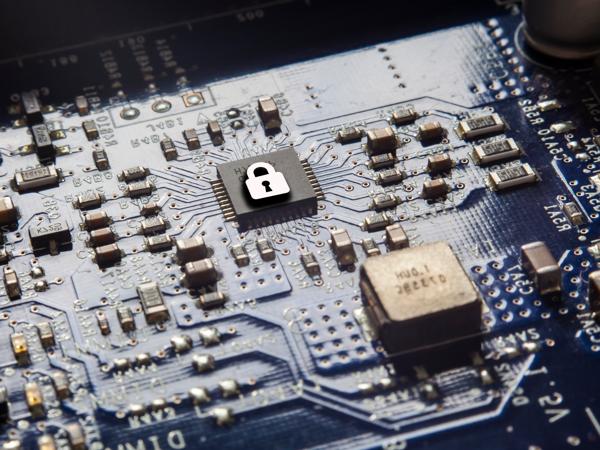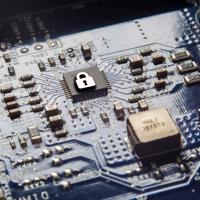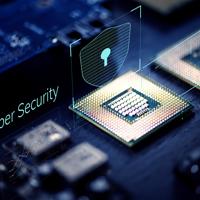In today’s increasingly digital world, remote work is becoming a norm that many embrace for its flexibility and convenience. However, along with these benefits, there’s also an essential component to consider—security. Without proper precautions, remote access can expose sensitive company data to potential breaches. So, how can one ensure secure remote access? This article will explore various solutions that cater to this crucial need.
Understanding Remote Access Risks
Before diving into solutions, it’s essential to understand the risks involved with remote work. When employees access company networks from various locations, it increases the avenues through which cyber threats can enter. Whether it’s phishing attacks, malware, or unauthorized access, the risk landscape is broad.
VPN (Virtual Private Network)
A VPN is a popular solution that provides a secure connection over the internet. It encrypts data sent and received, ensuring that sensitive information remains confidential. VPNs are accessible for businesses of all sizes and are relatively user-friendly.
Example:
NordVPN and ExpressVPN are known for their security features and ease of use. They offer various plans that can cater to both small and large enterprises.
Zero Trust Security Model
The Zero Trust model operates on the principle of not trusting anything inside or outside the organization’s network by default. It requires verification for every request.
Key Components:
- Least privilege access: Employees are granted the minimum level of access needed to perform their tasks.
- Micro-segmentation: Splits the network into small segments to contain breaches.
Example:
Google implements a Zero Trust architecture in their BeyondCorp initiative, restructuring the traditional network perimeter approach.
Multi-Factor Authentication (MFA)
MFA adds an additional layer of security by requiring users to provide two or more verification factors. This could be something they know (password), have (a security token), or are (fingerprint).
Benefit:
It significantly decreases the likelihood of unauthorized access, even if passwords are compromised.
Example:
Duo Security provides a user-friendly MFA solution that integrates with various platforms to enhance security.
Secure Access Service Edge (SASE)
SASE is a network architecture that combines network security functions with wide area network capabilities to support the dynamic, secure needs of organizations.
Advantage:
SASE provides a comprehensive and flexible framework that enhances security while simplifying connectivity for remote users.
Example:
Cisco’s umbrella and Palo Alto Networks’ Prisma are leading examples of SASE platforms offering holistic security.
Regular Security Training
Human error is often a significant factor in security breaches. Regular training can help employees recognize potential threats and adopt best practices in cybersecurity.
Highlight:
Training should include recognizing phishing emails, safe password practices, and understanding the importance of software updates.
References and Research
- VPNs: “Global VPN Usage Report 2022,” gives insights into user statistics and security aspects of VPNs.
- Zero Trust: “Zero Trust Research Study,” Forrester, elaborates the benefits and implementation strategies.
- MFA: “The effectiveness of multi-factor authentication,” a research article discussed by the National Institute of Standards and Technology.
- SASE: “The Future of Network Security Is in the Cloud,” a Gartner report provides an in-depth look at SASE.
In conclusion, the road to secure remote access is multi-faceted, incorporating a combination of technological solutions and human vigilance. By understanding the available tools and methods, you can craft a secure environment for remote work. Remember, the goal is to create a balance that protects without stifling the flexibility that remote work offers.
Every organization is unique, and hence, its approach to secure remote access should be tailored to its needs. Let’s prioritize security without compromising on the efficiency and flexibility that makes remote work a viable choice.




